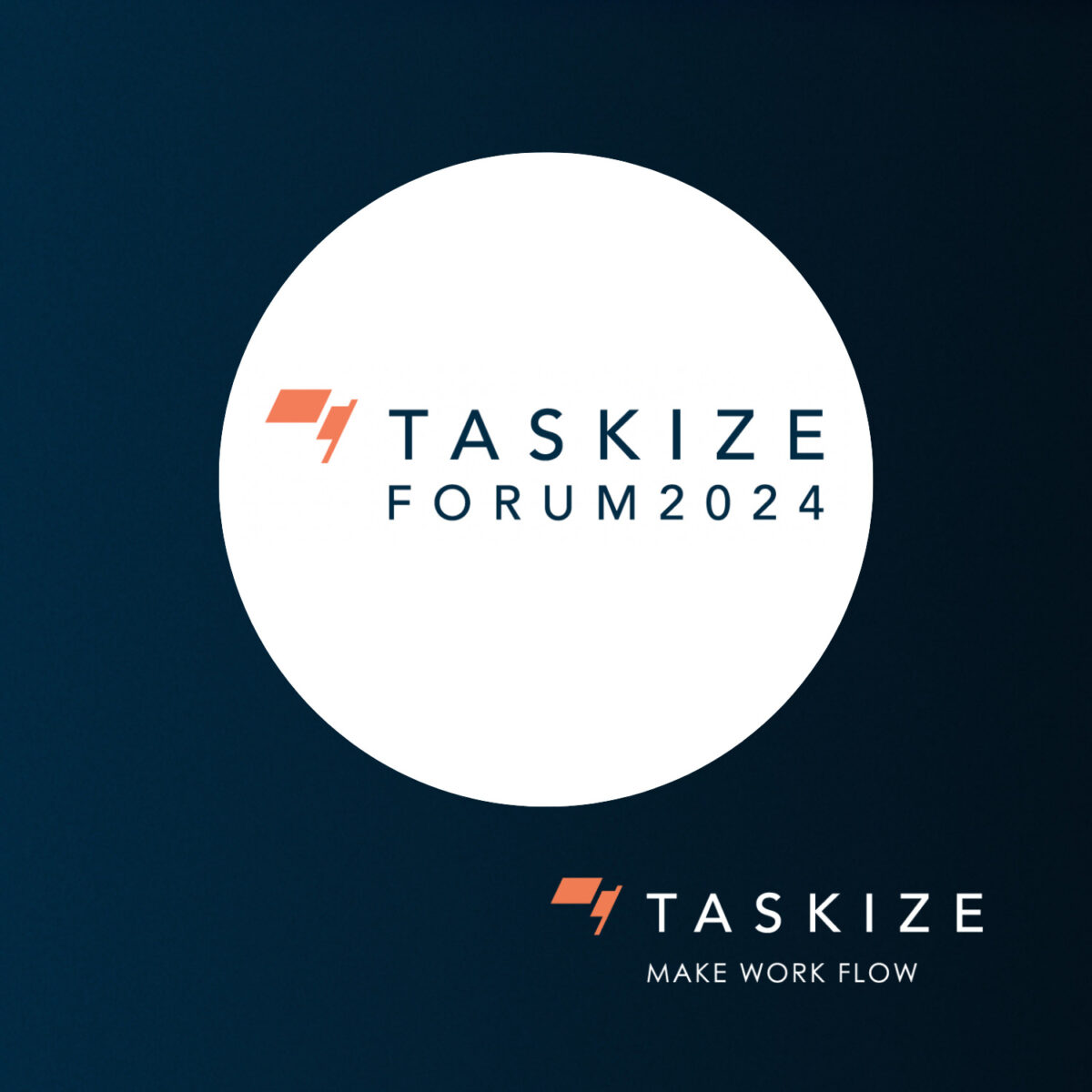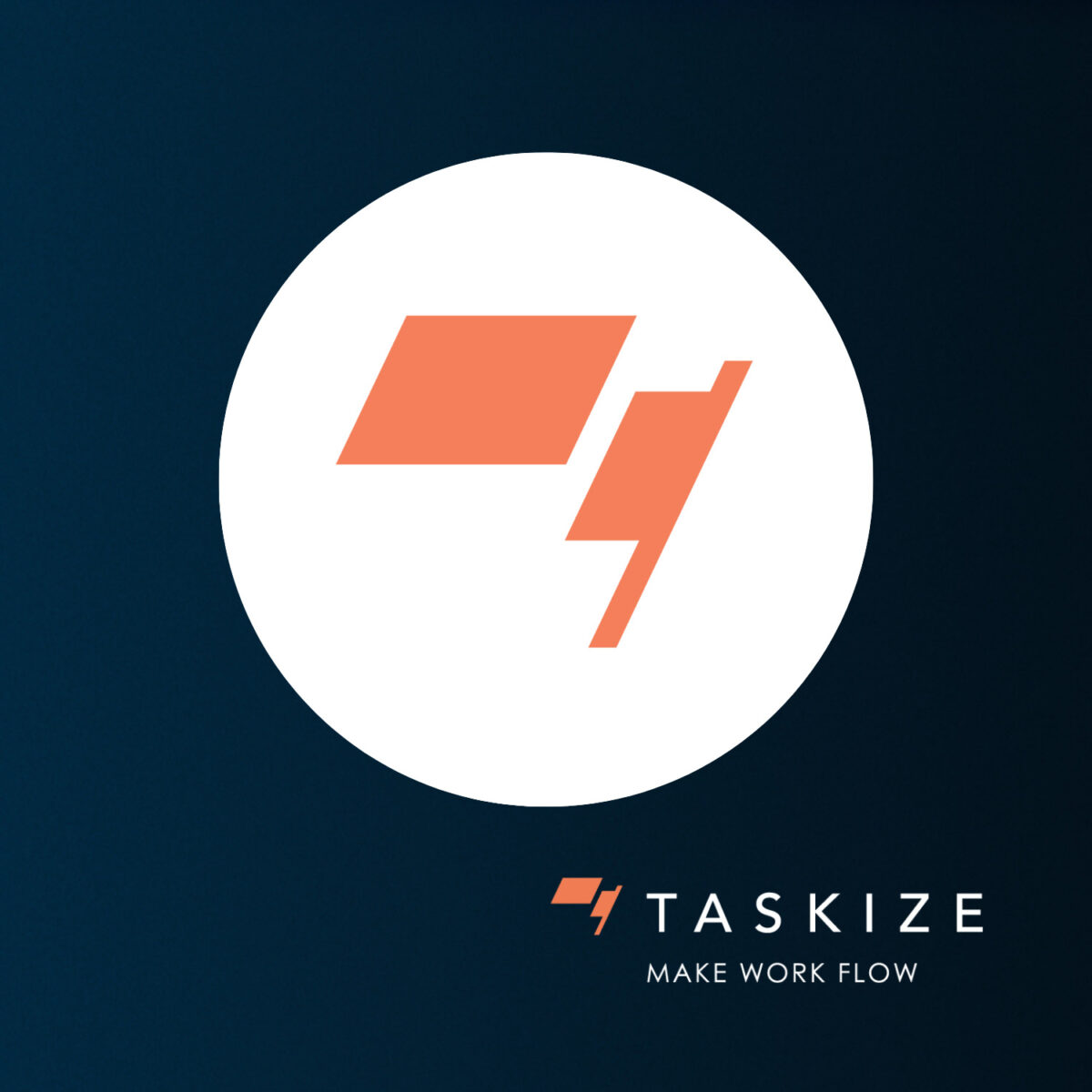Events & Webinars
Using Taskize allows the outsourcer to realise the benefits of outsourcing whilst maintaining control over the risks.
Outsourcing post-trade operations is widespread and evolving in the securities industry. There are numerous clear benefits for buy-sides choosing to outsource, so long as control can be retained.
Asset managers handle an array of post-trade processes on behalf of their clients. These range from relatively straightforward settlement and safekeeping, to complex corporate actions, international tax administration and regulatory due diligence.
“buy-sides are increasingly turning to third-party providers to support their operational activities”
In carrying out these services, asset managers are dealing with growing transaction volumes and regulatory requirements. At the same time, they face pressure on fees from their clients, who themselves are experiencing uncertain returns in difficult markets. Under such conditions, expanding operational departments to alleviate the pressure has become difficult, and buy-sides are increasingly turning to third-party providers to support their operational activities.
According to research we carried out in August 2020, 65% of senior executives in buy-side firms are outsourcing at least one aspect of their post-trade activity to an Outsourced Service Provider (OSP), a term emerging in the financial press for this growing sector.
Data security, maintaining control over service levels, ensuring excellent client experience and unwinding OSP relationships are important issues.
Reasons for outsourcing include gaining access to the latest technology and creating more operational capacity, often in anticipation of new regulatory obligations, and of course, reducing costs.
Access to modern technology may seem like a surprising reason to outsource. But OSPs are evolving, moving away from traditional bespoke and often fragile combinations of client-aligned staff and legacy systems to more polished full-service offerings, which are generating renewed client demand.
However, even in their modernised form, using an OSP comes with its own set of challenges for asset managers. Those senior executives we surveyed raised concerns about data security, managing multiple OSPs and maintaining visibility and control over processes and client experiences.
Another problem is the volume and complexity of communications between the counterparties involved. 100% of respondents to the survey use email to communicate with OSPs and other counterparties. 78% placed email in the top 3 channels for communicating with outsource partners.
“email was unanimously acknowledged to be an unsatisfactory foundation for this purpose”
Financial supply chains are becoming more sophisticated; blending core capabilities, OSP offerings, and even integrating the facilities of traditional competitors to create cost-effective, differentiated services for end-clients. In our survey, email was unanimously acknowledged to be an unsatisfactory foundation for this purpose.
Taskize enables use of OSPs without brand dilution.
The post-trade sector is in urgent need of better infrastructure, specifically designed to address the challenges of risk, efficiency and control that are inherent in complex inter-company workflows.
“Taskize Bubbles™… can only be accessed by authorised people in the counterparty firms involved in that process.”
Taskize offers a number of ways to help users manage post-trade workflows more effectively. It provides a secure environment, Taskize Bubbles™, where counterparties and OSPs can connect and pass information efficiently for each process. These can only be accessed by authorised people in the counterparty firms involved in that process.
Bubbles differ from ‘chat’ that they are routable and queueable and rich with task-specific information. They differ from email in their immediacy and traceability. Bubbles include tools designed to help operations teams work with colleagues and other firms to complete the task. These are highly efficient and transparent working environments. Each Bubble “knows” who is responsible for the next action. Dynamic Prioritisation of Bubbles ensures staff are always working on the most important thing at any given moment; usually a high-tier client or a situation with risk-of-loss.
Taskize provides a Smart Directory, enabling operations staff to address service requests to the right people in their counterparty organisations. This is vital in an industry with thousands of counterparties, all structured differently, and staffed with dozens to thousands of operations people. It’s also incredibly helpful when delegating functions to one or more OSPs.
Use case: Outsourcing post-trade operations for equities
Consider a case where an asset manager buys US equities on behalf of its client, the asset owner, and then outsources all post-trade operations to an OSP.
The asset manager maintains its contractual relationship with the asset owner, but the OSP handles all the administration for the equities it holds in custody. How can the asset manager remain in full control of the outsourced processes when they are not directly carrying out the tasks?
Taskize makes this straightforward, providing:
1. Visibility
Even though the asset manager is not directly involved in managing the operations for its clients, through Taskize, it has full oversight of its work in the OSP. The asset manager can monitor OSP performance, and even intervene if necessary; for example, if a natural disaster disrupts OSP operations.
2. Serviceability
In practice, not all clients are equal.
Let us assume the asset owner, in this case, is a large pension fund, vital to the asset manager’s business. Unquestionably, the asset manager needs to be certain that all clients are looked after with due care and attention, but in this case, this is a platinum-level client demanding premium levels of service. The asset manager has flagged the pension fund as a top-level client in Taskize. This means that when allocating the job, Taskize will automatically ensure that it is assigned to the most appropriate and experienced operations staff available.
3: Networkability
Combining different OSPs with different strengths enables optimal outcomes for the client, and provides resilience, but managing the client relationship becomes more difficult when more parties are involved.
Imagine that, in this case, a question has arisen relating to a US tax claim which needs the services of a third-party tax advisory service. They are seamlessly added by the OSP with no disruption to the existing workflows. The pension fund is not aware of the tax advisors, who advise the OSP directly. Indeed, in this case, the pension fund is not even aware that the asset manager has outsourced its operations to a third-party provider. To maintain the relationship with its key client, the asset manager here has stipulated that the OSP must report directly to them and not to the underlying pension fund.
Taskize’s network enables use of OSP’s without brand dilution.
4: Adaptability
Situations change, and work that started off as routine may become more urgent as deadlines approach or circumstances develop. In these cases, the asset manager can re-classify a task as high priority at any point to ensure service quality is maintained.
Streamlined collaboration makes outsourcing easy
Outsourcing post-trade operations has many benefits, but as our research reveals, there are also significant risks and challenges involved.
Respondents flagged data security, maintaining control over service levels, ensuring excellent client experience and unwinding OSP relationships as some of the most important issues they face.
Using Taskize allows the outsourcer to realise the benefits of outsourcing whilst maintaining control over the risks.
To find out more, download our report , “Both hands firmly on the wheel: Gaining and maintaining control in a business process operations outsourcing world.”

